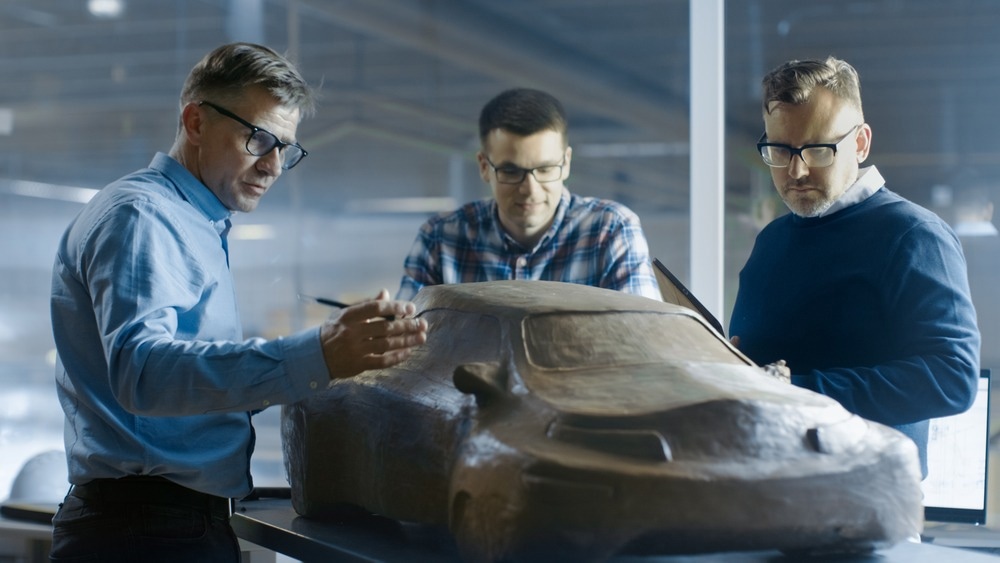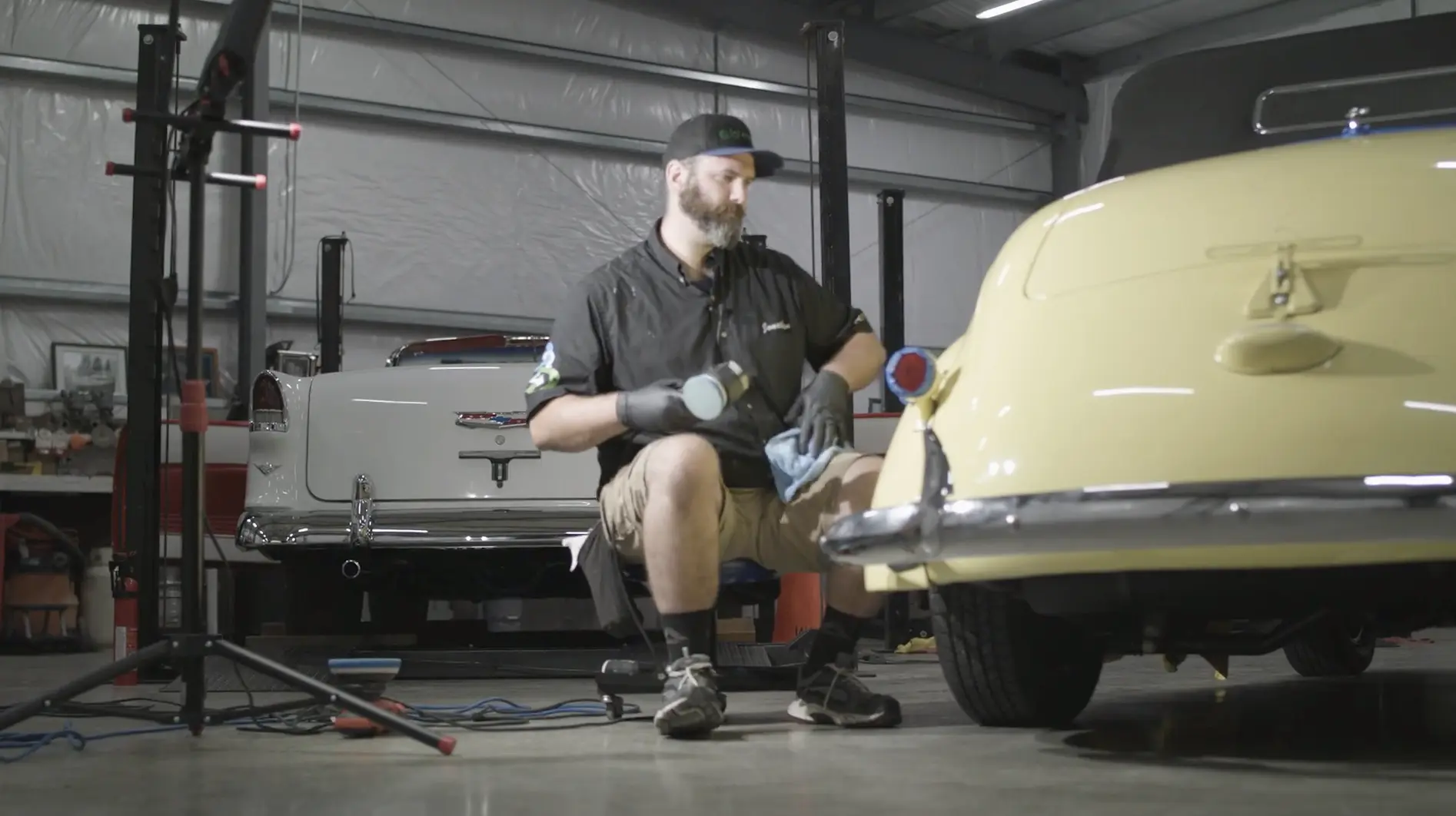Automotive 3D printing is playing a transformative role in reshaping the way vehicles are designed, produced, and customized. By utilizing cutting-edge additive manufacturing technology, automotive companies are able to create components with greater precision, efficiency, and cost-effectiveness. This article explores how automotive 3D printing is revolutionizing the industry, from prototyping and production to creating personalized and sustainable vehicle parts.
The Evolution of Automotive 3D Printing
Automotive 3D printing has evolved significantly over the years. Initially, it was used primarily for prototyping www.professionalautomechanic.com, allowing manufacturers to test designs before committing to full-scale production. However, as technology advanced, it began to offer solutions for producing end-use parts as well. The precision, flexibility, and rapid turnaround times provided by 3D printing have made it an indispensable tool for automakers.
Today, automotive 3D printing is used not only for prototypes but also for producing functional components such as engine parts, interiors, and even entire car bodies. This shift in application has made it possible to create parts that are lighter, stronger, and more complex than traditional manufacturing methods allowed. By reducing the need for multiple molds and tooling, automotive 3D printing has streamlined production processes and reduced overall manufacturing costs.
The Impact on Car Design and Prototyping
One of the most significant contributions of automotive 3D printing is its impact on car design and prototyping. Traditional manufacturing processes often require time-consuming mold creation, which can be expensive and inefficient. With 3D printing, designers can quickly create accurate, full-scale prototypes, allowing for more design iterations and faster testing.
In the past, designers were limited by the constraints of traditional production methods, which often meant compromises in design flexibility and component complexity. However, with automotive 3D printing, designers can push the boundaries of creativity, making parts with intricate geometries that were once impossible or too expensive to produce. This has opened up new possibilities for automotive design, from lightweight structures to unique, aesthetically pleasing components.
Enhancing Customization and Personalization
Automotive 3D printing is also driving innovation in vehicle customization and personalization. As consumers demand more tailored vehicles, automakers are turning to 3D printing as a solution for creating unique parts that match individual preferences. From custom dashboard designs to personalized exterior accents, 3D printing enables automakers to offer highly customizable features that were once reserved for luxury models.
With automotive 3D printing, customers can choose from an array of materials, colors, and textures to create a vehicle that suits their specific tastes. The ability to produce one-of-a-kind components with ease makes automotive 3D printing an attractive option for enhancing both the aesthetic appeal and functionality of vehicles.
Sustainability and Environmental Benefits
Another key benefit of automotive 3D printing is its potential to promote sustainability within the automotive industry. Traditional manufacturing methods often involve significant material waste, as parts are cut or molded from larger blocks of material. In contrast, 3D printing uses only the necessary amount of material, significantly reducing waste and contributing to more sustainable production practices.
Additionally, the lightweight components produced by automotive 3D printing can contribute to fuel efficiency by reducing the overall weight of the vehicle. Lighter vehicles consume less energy, which can lead to lower emissions and reduced environmental impact. As the automotive industry continues to explore ways to become more environmentally friendly, automotive 3D printing stands out as a promising solution to create greener, more efficient vehicles.
Cost Savings and Efficiency in Manufacturing
Automotive 3D printing offers significant cost savings and improvements in efficiency. Traditional manufacturing processes require expensive tooling and molds, which can take weeks or even months to produce. With 3D printing, manufacturers can bypass these time-consuming steps and produce parts directly from digital files. This not only speeds up the production process but also eliminates the need for expensive tooling, reducing costs for manufacturers.
Additionally, 3D printing allows for on-demand production, meaning that parts can be produced as needed rather than in large batches. This reduces the need for excessive inventory, which can tie up capital and space. By optimizing the supply chain and improving efficiency, automotive 3D printing is helping manufacturers reduce costs and streamline their operations.
The Future of Automotive 3D Printing
As automotive 3D printing technology continues to advance, its potential applications are only expected to grow. From creating lightweight, durable parts to revolutionizing the way vehicles are designed and produced, automotive 3D printing is poised to play an even larger role in the future of the industry.
In the coming years, we can expect to see more automakers adopting 3D printing as a mainstream manufacturing technique. With advancements in material science and printing capabilities, the quality and range of 3D-printed components will continue to improve. Moreover, as the demand for electric and autonomous vehicles grows, automotive 3D printing will likely play a key role in designing and manufacturing the specialized parts required for these new technologies.
In conclusion, automotive 3D printing is revolutionizing the industry by enhancing design capabilities, enabling customization, reducing waste, and improving manufacturing efficiency. As technology continues to evolve, it will undoubtedly become an even more integral part of the automotive manufacturing process, driving innovation and sustainability in the years to come.


